Title : Evidence of urinary schistosomiasis in nomadic pastoralists of northern Cameroon and disparities in health knowledge and practices between local and foreign nomadic groups
Abstract:
The nomadic pastoralists of northern Cameroon settle periodically in the Logone floodplain, a wetland reputed highly infested by cercariae of Schistosome and visited also by their counterparts from neighbouring countries. This study was undertaken to determine the importance of schistosomiasis in these communities and gain knowledge of the perception they have of their health in general and, their knowledge and practices towards the disease. Two cross sectional surveys were carried out between 2023 and 2024 in Mindif and Vele health districts. Urines samples were collected then analysed microscopically to detect eggs of Schistosoma haematobium. A questionnaire was administered to adults and adolescents on their knowledge and practices towards UGS; another questionnaire was addressed to group leaders and/or heads of extended families to sample their perception of community health. Of the 226 local nomadic participants tested, an infection rate of 7.08% (95% IC 4.23–11.45%) was found; participants with hematuria were significantly more infected than those without it (X²=14.815 p = 0.0001). Nearly all of pastoralists were aware of the disease. Unlike local pastoralists, almost all foreign pastoralists consider UGS unpreventable (96.08%; 49/51). We found that 71.79% (28/39) of local pastoralists believe to have a lower health condition than the sedentary counterparts, whereas a relative majority of foreign pastoralists (46.43%; 13/28) believe the contrary. This study reveals the presence of cases of UGS among nomadic pastoralists of northern Cameroon and calls for more investigations to assess the risk of its dispersion across borders.
Keywords: Schistosoma haematobium, Infection rate, Nomadic pastoralists, Northern Cameroon, Knowledge, Perception.



